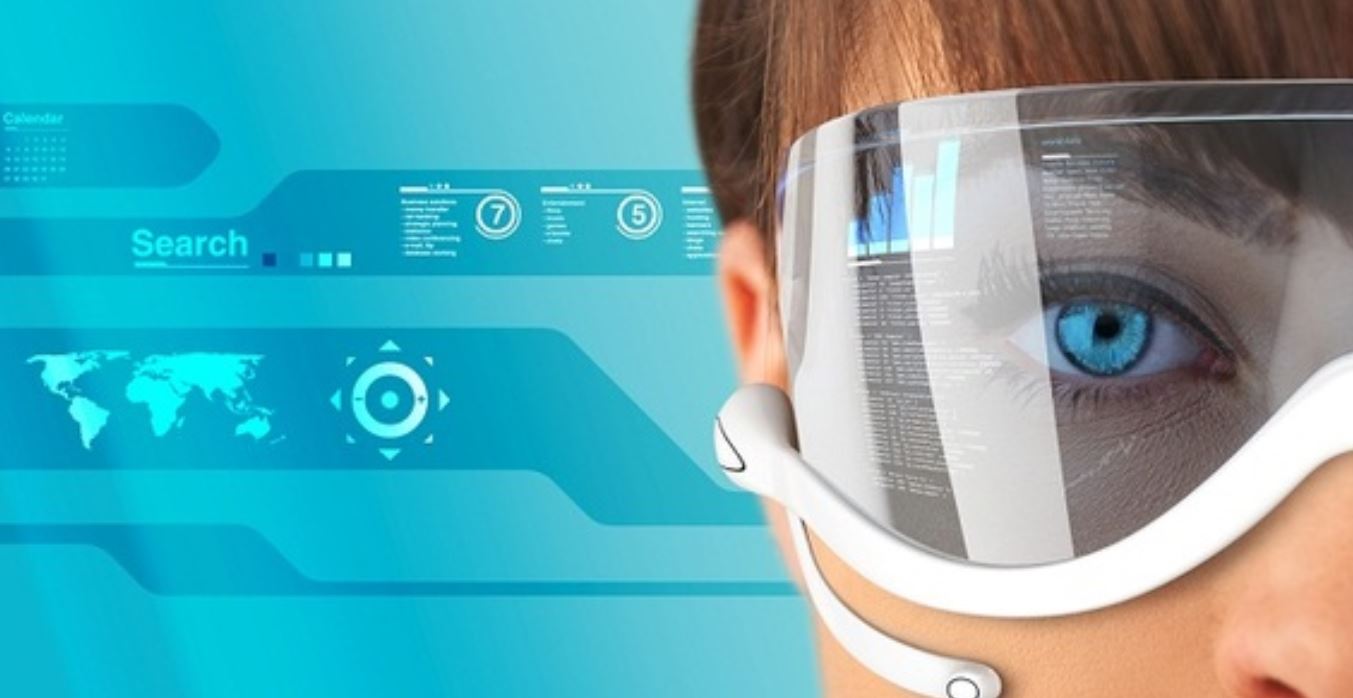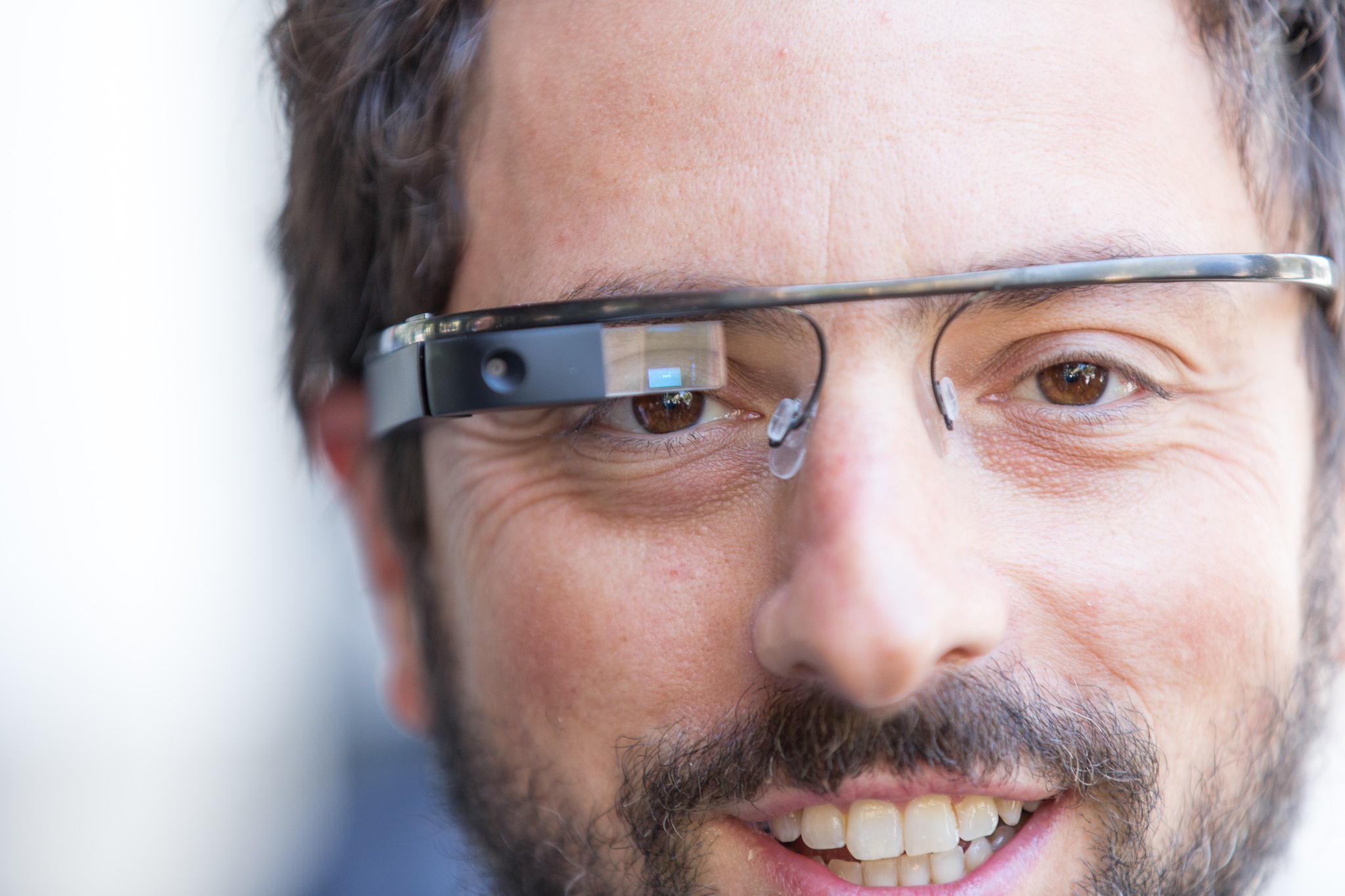Ever let your mind wander into those fascinating, slightly unsettling ‘what if’ territories? Here’s one that’s been buzzing around the tech world, and frankly, our imaginations: Imagine virtual reality advances to a point where it’s utterly, completely, flawlessly indistinguishable from our everyday world. We’re talking zero perceptible difference – the sights, sounds, smells, textures, even the subtle feeling of a gentle breeze on your skin.
The question that inevitably follows is almost chilling: if you took the headset off (assuming you even remembered putting one on, or that such a device would even be recognizable as ‘external’ anymore), how would you truly know? Would the messy, unpredictable, sometimes frustrating charm of this reality lose its appeal when stacked against a perfectly curated, infinitely customizable simulation? What becomes of ‘real’ experiences then? Does that unforgettable taste of your favorite pizza, or even the sharp, unwelcome throb of a stubbed toe, just get demoted to optional lines of code in a grander, more pliable program?
If that little mind-bender already has your gears turning, you’re not alone. We actually cooked up a quick visual thought experiment on this exact idea that touches on these very questions. It’s a short dive, but it packs a punch. Check it out – and if your own reality seems to flicker for just a nanosecond while watching, well, you might just want to hit that like button on the video as if you’re trying to find a glitch in the Matrix!
Table of Contents
The Siren Song of a Perfected Universe
Let’s be honest, the allure is undeniable. Imagine a world tailored to your every desire. Want to explore the crimson plains of Mars before breakfast, compose a symphony with Mozart in the afternoon, and dine on a mythical ambrosia under a sky filled with binary suns by evening? In a VR indistinguishable from reality, these aren’t just fantasies; they’re potential Tuesday itineraries.
The potential benefits are staggering:
- Personalized Paradises: Escape the mundane, the painful, or the restrictive. Create environments that cater to your ultimate happiness and fulfillment.
- Revolutionized Education and Training: Medical students could perform complex surgeries without risk. Aspiring pilots could log thousands of hours in hyper-realistic flight simulators. Historians could walk the streets of ancient Rome.
- Therapeutic Sanctuaries: Imagine exposure therapy for phobias in perfectly controlled environments, or spaces designed to alleviate PTSD, anxiety, or loneliness with unparalleled realism.
- Overcoming Physical Limitations: For those with disabilities or mobility issues, this VR could offer experiences and freedoms previously unimaginable.
This isn’t just about entertainment; it’s about profoundly altering the human experience, potentially for the better in countless ways.
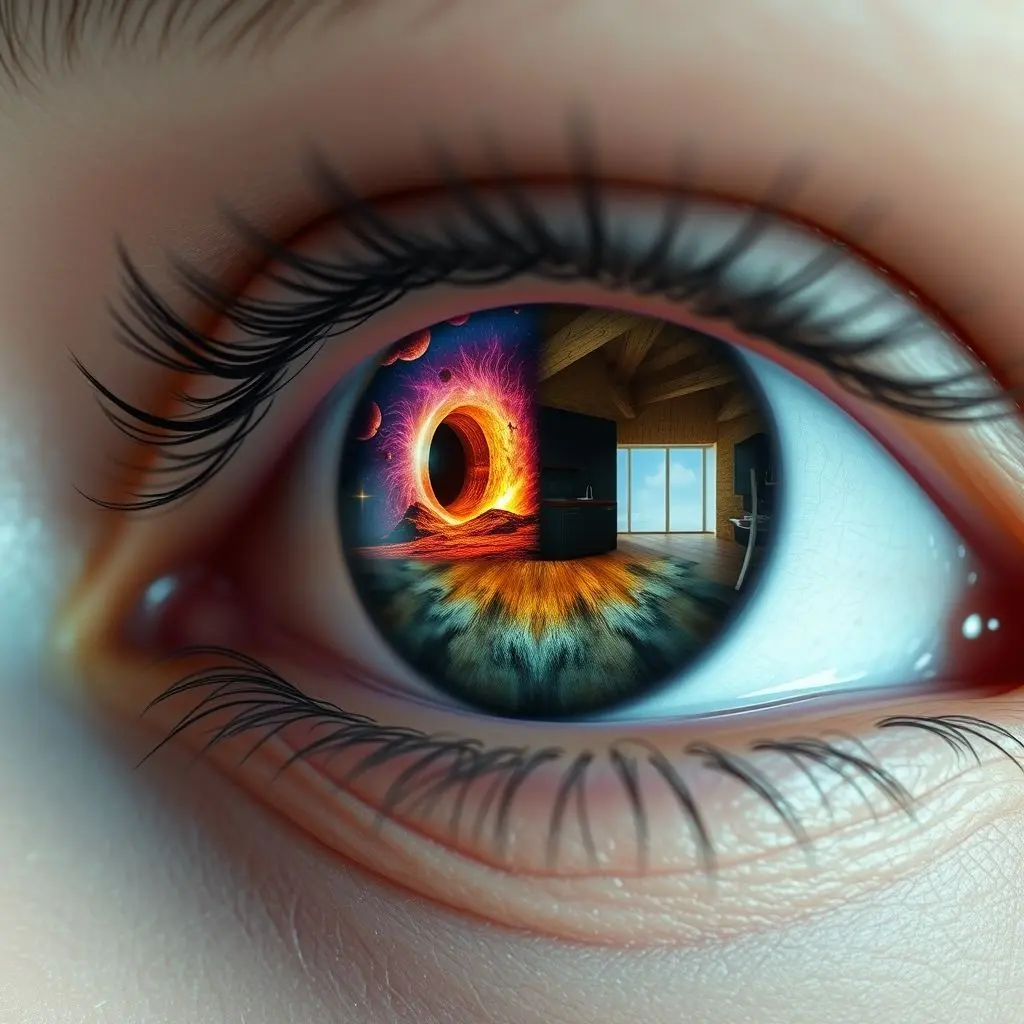
When a Pixel is a Person: Philosophical Quicksand
As we edge closer to such a reality, we wade into deep philosophical waters. The age-old “Brain in a Vat” thought experiment, once a quirky puzzle for university students, suddenly feels uncomfortably prescient. If your perceived reality is generated, does its origin diminish its validity? If an experience feels real, is it not, in essence, real to you?
This leads us to fundamental questions about consciousness itself:
- The Nature of ‘Real’: If VR can replicate every sensory input, every emotional nuance, every complex interaction, what objective metric remains to differentiate it from base reality? Does ‘real’ simply mean ‘the one we started in’?
- Identity and Self: Who are you if your memories, experiences, and even your perceived physical form can be altered or entirely fabricated within the simulation?
- The Simulation Hypothesis: This isn’t new, but hyper-realistic VR gives it a practical, experiential dimension. If we can create indistinguishable realities, doesn’t it lend more credence to the idea that our own reality might be a simulation? Some physicists and philosophers argue the probability is non-trivial.
The lines don’t just blur; they risk complete dissolution, forcing a re-evaluation of what it means to exist and experience.
Society on the Holodeck: Blessings and Curses
The societal implications are a minefield of utopian dreams and dystopian fears. How would humanity adapt if a significant portion of the population chose to spend most, or all, of their time in a virtual paradise?
The Good, The Bad, and The Utterly Confusing:
Human Connection Reimagined: Could VR foster deeper connections by eliminating geographical barriers and allowing for shared experiences of incredible depth? Or would it lead to a new form of isolation, where ‘relationships’ are with sophisticated AI or avatars, and genuine human contact withers?
Addiction and Detachment: If VR is perfect, why leave? The risk of mass addiction, leading to neglect of physical bodies and real-world responsibilities, is a serious concern. The “lotus-eaters” of ancient myth could find their modern counterpart in blissful VR denizens.
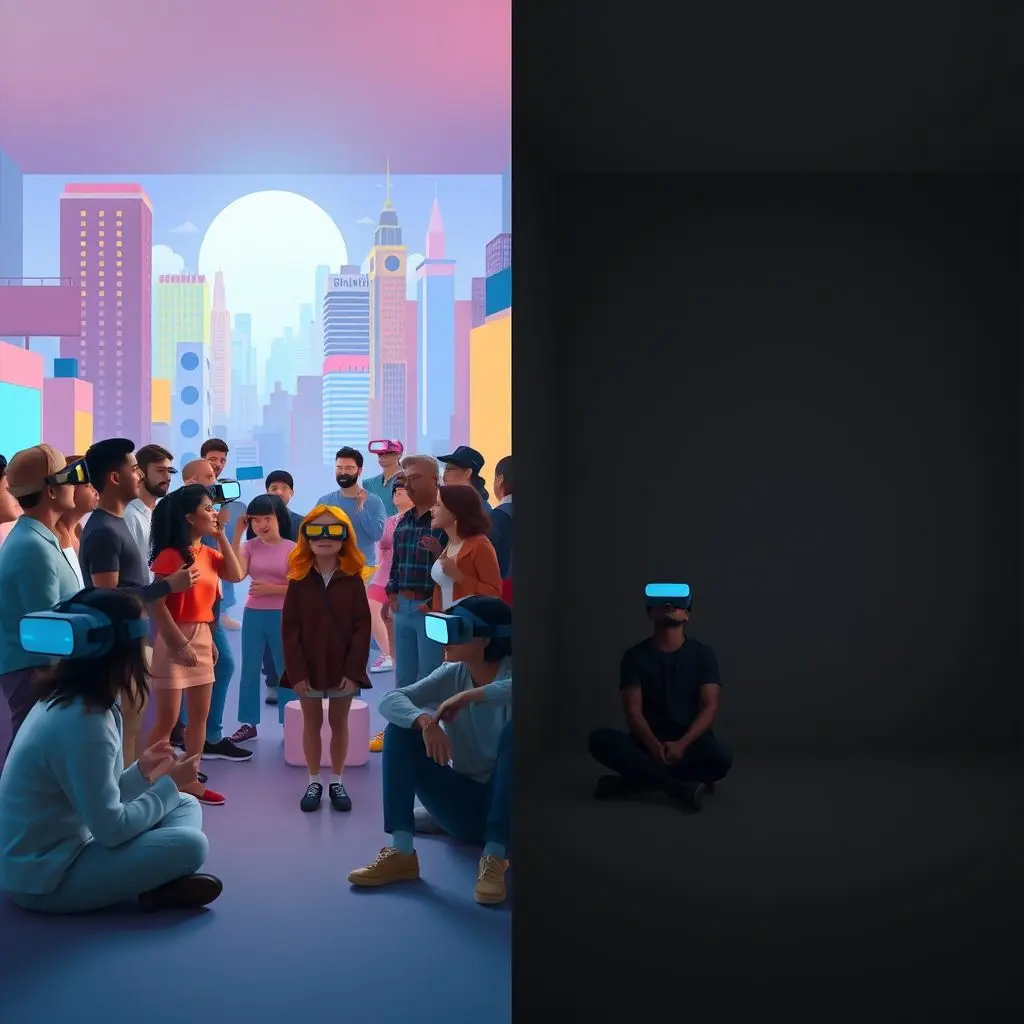
Economic Earthquakes: What happens to traditional economies if labor, resources, and even currency shift predominantly into virtual spaces? Entirely new industries would arise, while others might crumble. The concept of ‘work’ and ‘value’ would need a radical redefinition.
Governance and Ethics in Digital Realms: Who polices these virtual worlds? What laws apply? If you can experience anything, does that include harmful or unethical acts without real-world consequence? Or are the psychological consequences enough? The creators and administrators of these VR systems would wield unprecedented power.
The ‘Optional Background Code’ Conundrum: Remember that stubbed toe or the perfect slice of pizza? If every sensation, every experience, can be dialed up, down, or off, do they lose their meaning? Does a curated life, stripped of genuine adversity and serendipity, ultimately make us less human, less resilient?
The Tech Roadmap to Infinite Realities
Creating VR indistinguishable from reality isn’t just about strapping on a better pair of goggles. It’s a monumental technological challenge involving multiple converging fields:
- Full Sensory Immersion: Current VR nails visuals and audio fairly well. But true indistinguishability requires flawless replication of touch (haptics), smell (olfaction), and taste (gustation). This means sophisticated interfaces that can stimulate our senses with incredible precision.
- Brain-Computer Interfaces (BCIs): The most direct route to seamless VR might bypass traditional sensory organs altogether. BCIs could theoretically feed sensory data directly into the brain’s processing centers, creating experiences that are not just perceived as real but are, neurologically speaking, identical to reality. This is, of course, a hugely complex and ethically fraught area.
- AI-Powered Dynamic Worlds: A static, beautifully rendered world isn’t enough. The environment needs to react intelligently and unpredictably, populated by AI entities (NPCs) so advanced they are indistinguishable from human consciousness and behavior. AI would be the engine driving the ‘realness’ of these simulations.
- Computational Power: The sheer processing power required to render and run such a complex, dynamic, multi-sensory reality for potentially billions of users is astronomical, likely requiring breakthroughs in quantum computing or entirely new paradigms.
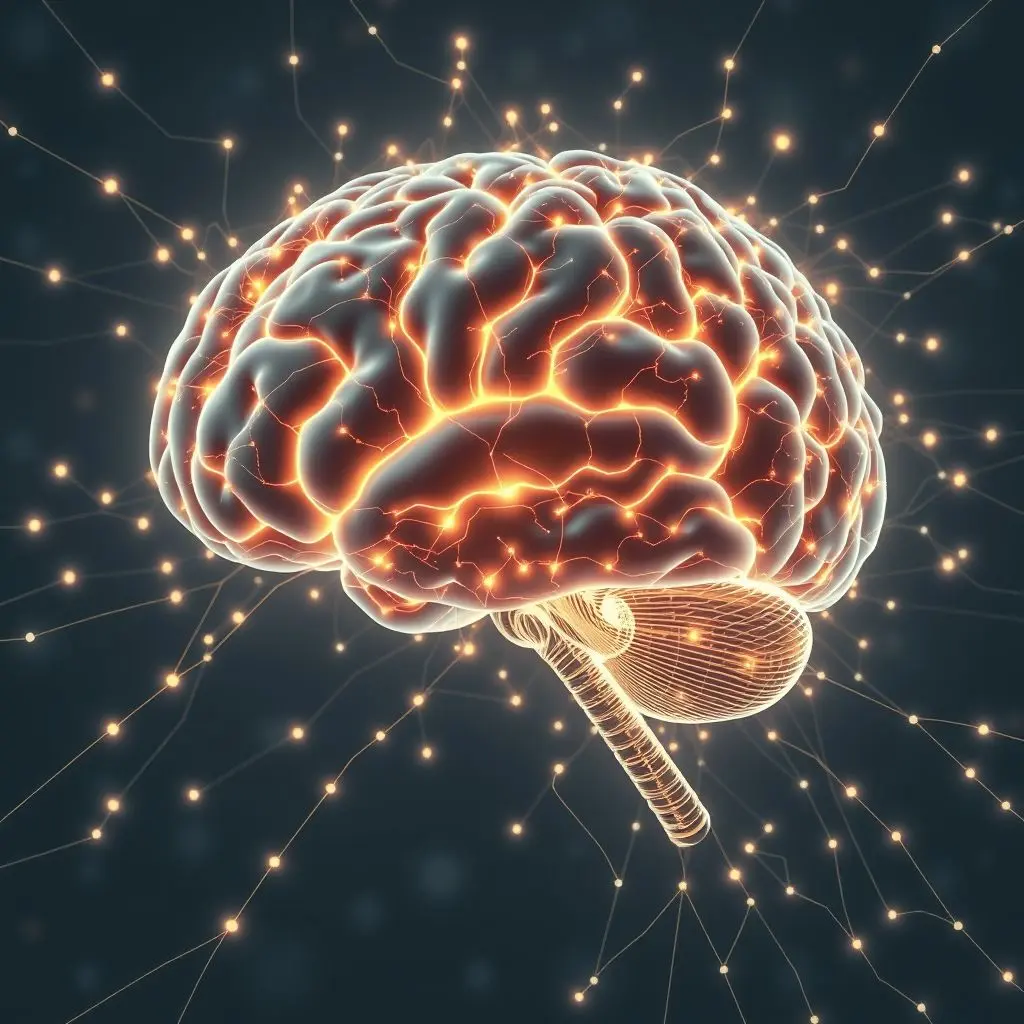
The “Stubbed Toe” Paradox: Why Imperfection Matters
It’s tempting to design a perfect world, free from pain, disappointment, and stubbed toes. But is a life without these shadows truly desirable? There’s a strong argument to be made for the value of imperfection:
- Growth Through Adversity: Overcoming challenges, experiencing failure, and yes, even enduring pain, are fundamental to personal growth, resilience, and character development. Would a ‘perfect’ VR stunt our emotional and psychological maturity?
- The Joy of Contrast: Does pleasure feel as sweet without the memory or possibility of pain? Does success mean as much without the risk of failure? Contrast often sharpens our appreciation for the good things in life.
- Serendipity and the Unexpected: Some of life’s greatest joys and most profound discoveries come from unplanned moments, happy accidents, and the sheer unpredictability of the universe. A perfectly curated experience might eliminate the magic of serendipity.
Perhaps that stubbed toe, in all its unwelcome realness, serves a purpose beyond just a yelp and a hop. It grounds us, reminds us of our physical existence, and contributes to the rich, messy tapestry of genuine human experience.

Navigating the Uncharted: Coexistence, Replacement, or Transcendence?
The prospect of VR becoming indistinguishable from reality isn’t a question of ‘if’ for many futurists, but ‘when’ and ‘how’. The path forward is laden with both incredible promise and profound peril. Will these hyper-realistic virtual worlds serve as an augmentation to our current reality, powerful tools for specific purposes? Or will they become all-encompassing replacements, preferred by many over the original article?
Finding a balance will be crucial. We’ll need robust ethical frameworks, societal conversations, and perhaps a renewed appreciation for the tangible, imperfect world we currently inhabit. The goal might not be to escape reality, but to understand it, and ourselves, more deeply through these incredible new lenses.
The future is rushing towards us, pixel by perfect pixel. What choices will we make when the lines blur completely? It’s more than a brain tickler; it’s a question that may define the next chapter of human existence.
Frequently Asked Questions (FAQs)
- 1. Could VR ever truly replicate all human senses perfectly?
- Theoretically, with advanced Brain-Computer Interfaces (BCIs) that directly stimulate the brain’s sensory cortices, it might be possible. Replicating all senses through external hardware (haptics for touch, olfactometers for smell, etc.) to a degree indistinguishable from reality is an immense technological challenge, but progress is continually being made.
- 2. What are the biggest ethical concerns with hyper-realistic VR?
- Key concerns include the potential for addiction and detachment from physical reality, the psychological impact of experiencing extreme or unethical scenarios, issues of consent and identity within VR, data privacy (if your thoughts and experiences are logged), and the potential for manipulation or control by a VRE (Virtual Reality Environment) provider.
- 3. How would hyper-realistic VR affect the economy?
- It could lead to massive shifts. New virtual economies could boom, centered around digital assets, experiences, and services. Conversely, industries reliant on physical presence or goods might decline. Job roles could be created within VR (e.g., virtual architects, experience designers) while others become obsolete. The very concept of ‘value’ might be redefined.
- 4. Is there a risk of people never wanting to leave such a VR?
- Yes, this is a significant concern. If a virtual world offers unparalleled pleasure, fulfillment, or escape from a difficult reality, the motivation to return to the ‘real’ world could diminish significantly for some individuals, leading to neglect of physical health and real-world responsibilities.
- 5. How can society prepare for such a future?
- Preparation involves proactive ethical discussions, developing regulatory frameworks, fostering digital literacy and critical thinking about virtual environments, investing in research on the psychological and societal impacts, and promoting a balanced approach that integrates VR as a tool rather than a total replacement for physical reality. Emphasis on real-world community and connection will also be vital.
